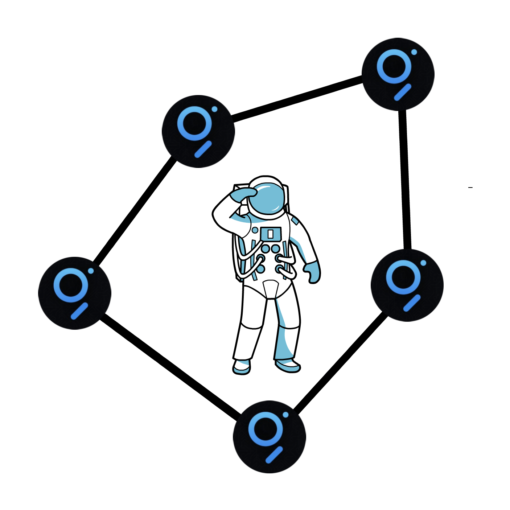So what is DeFi 2.0 all about? Is this just a new, temporary narrative or a paradigm shift? What are some of the most interesting DeFi 2.0 protocols? And what does this all mean for the already existing DeFi projects? You’ll find answers to these questions in this article.
Intro
The crypto space loves new narratives. DeFi Summer, Layer 1 Summer or “jpeg” Mania to name a few. It seems like “DeFi 2.0” is the new kid on the block and has recently been gaining more and more traction.
Although the ideas behind DeFi 2.0 are still crystallising, in general, the concept refers to a new breed of DeFi protocols that try to solve some of the main pain points of the already existing projects by experimenting with the protocol design and tokenomics.
The experimentation centres around the innovation in the liquidity mining design and is very often associated with protocols owning their own liquidity instead of temporarily renting it out via liquidity mining incentives.

Now, let’s unpack what it all means.
Liquidity Mining
One of the biggest problems that DeFi protocols struggle with is how to attract long-lasting liquidity in a sustainable way.
To bootstrap themselves, most protocols decide to allocate a big chunk of their native tokens into the liquidity mining incentives.
This usually attracts a lot of capital and can accelerate the growth of a protocol quickly. Main problem? The vast majority of liquidity is not loyal and can move to the next project if it offers better incentives. It also creates huge selling pressure for the native token. And unfortunately, the token price is very often associated with the overall quality of the project and can sometimes make it or break it.
Some protocols tried to mitigate this problem by adding vesting to their liquidity mining rewards, but this is usually just kicking the can down the road and the same issues will still have to be confronted in the future.
Each protocol that offers liquidity mining programs hopes that after the liquidity mining is over the protocol can remain appealing to the users by establishing a reputable brand, differentiating itself from its competitors and attracting long-lasting liquidity. This is also often called building a “moat” around the protocol.
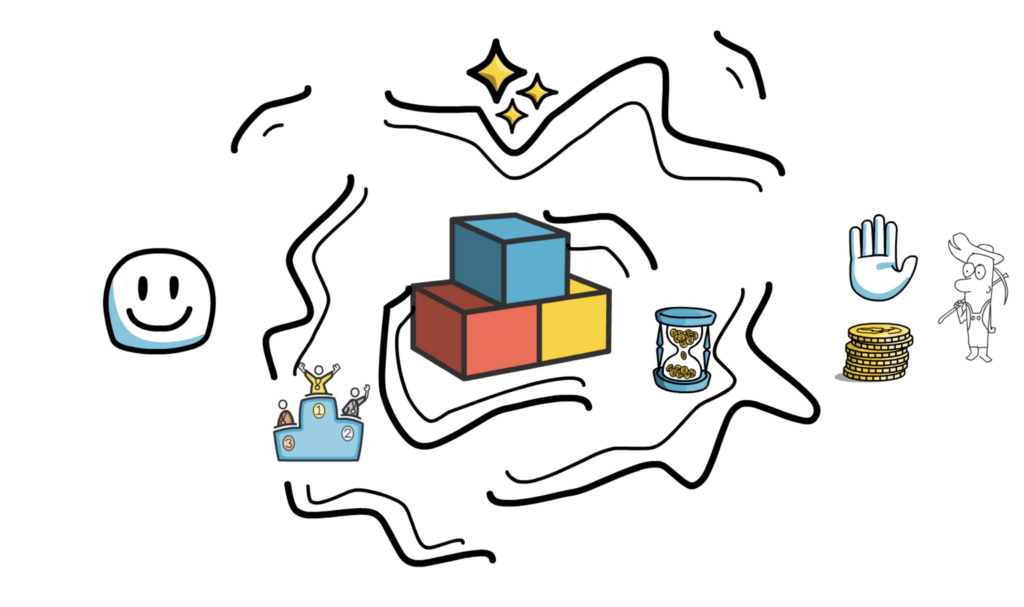
If it’s a decentralized exchange, the protocol aims at having deep liquidity, so the users can execute their trades at the best prices.
When it comes to a lending protocol, they aim at having an attractive and sustainable lending market for both the lenders and the borrowers.
Uniswap is one of the best examples when it comes to a protocol with a “moat”. At the time of writing this article, Uniswap had a 67% market share of all decentralized exchanges on Ethereum. The market share remains extremely high despite the protocol not offering any extra incentives in the form of the UNI tokens for almost a year now.
The reason for that? A strong brand and a lot of trading volume that allows liquidity providers to earn good yield just from the trading fees themselves. Uniswap also, of course, benefited from being one of the first protocols in its own category which is harder and harder to replicate with time.
These days, we see a lot of protocols attracting millions if not billions of dollars of liquidity only to lose traction in the long run as the capital moves to a new, shiny protocol that pays better.
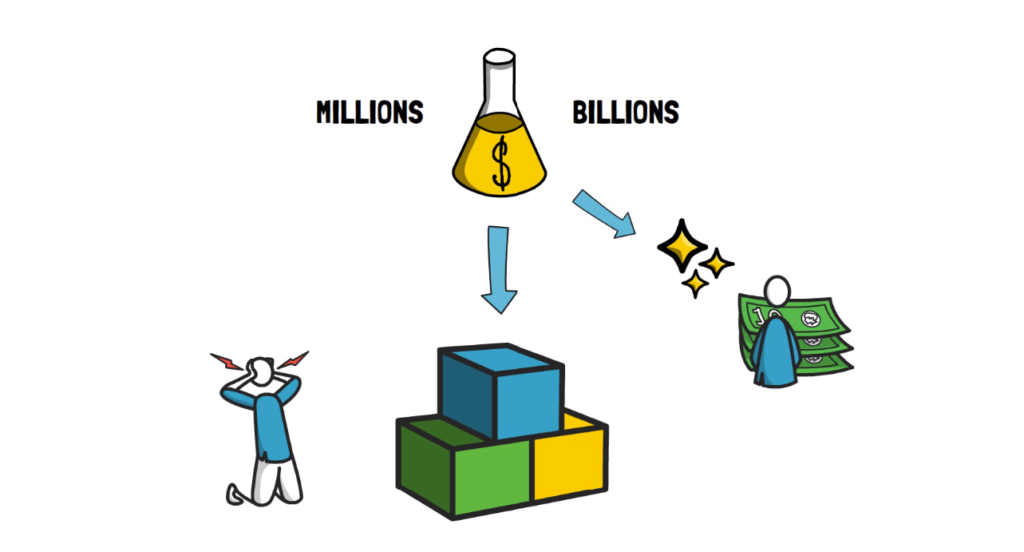
All new protocols are facing a big dilemma. How to bring users and liquidity in a sustainable way instead of just attracting mercenary capital. To make things even worse, the liquidity mining programs are usually limited to a certain amount of tokens, so the protocols are standing up against the wall and they either make it during the time when the liquidity mining program is on or break it and become irrelevant over time.
To solve this problem, a new group of DeFi protocols decided to come up with an innovative protocol design that changes the usual liquidity mining programs to something more sustainable.
To better understand how this new design works, let’s talk about a few protocols that initiated this movement and are now riding the DeFi 2.0 wave.
OlympusDAO
OlympusDAO is a good place to start.
Olympus is a decentralized reserve currency protocol that is based on the OHM token. Each OHM token is backed by a basket of assets stored in the Olympus treasury. This in turn creates a floor price for OHM that the actual price shouldn’t fall below.
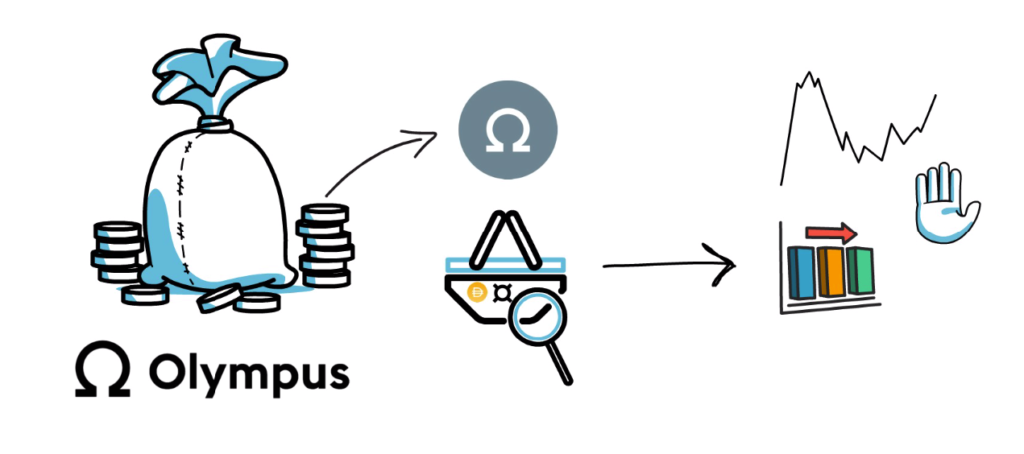
In order to participate in Olympus, the users can either stake their existing OHM tokens and get new OHM from the rebase rewards or trade different assets in exchange for discounted OHM.
The latter process, also called bonding, is one of the main concepts that allows the protocol to own its own liquidity.
The bonding process works in the following way.
The protocol sells its own tokens (OHM) at a discount to their market value in exchange for other assets. The discounted OHM is vested over a period of a few days, usually 5.
At the moment, the protocol supports bonding of 2 main asset types: the LP tokens that represent liquidity added to decentralized exchanges such as Uniswap or SushiSwap and single assets such as DAI, FRAX, wETH or LUSD.
When users exchange LP tokens for discounted OHM tokens, the LP tokens essentially become controlled by the protocol itself. As we know, the owner of LP tokens always has total control over the underlying liquidity. In the case of Olympus, the protocol owns LP tokens of the most common OHM pairs such as OHM-DAI, OHM-WETH, OHM-FRAX or OHM-LUSD which in turn means that the protocol owns its own liquidity.
At the time of writing this article, Olympus owned over 99.5% of its own liquidity across all markets and exchanges.
The bonding mechanism used by Olympus opened a lot of new possibilities not only for Olympus itself but also for other protocols via Olympus Pro.
Olympus Pro, recently launched by the Olympus team, allows other protocols to leverage the same bonding mechanism that made Olympus successful and offer it as a service.
Olympus Pro started attracting more and more protocols seeking a more sustainable way for bringing long term liquidity. Some of the protocols participating in Olympus Pro include Alchemix, Frax, StakeDAO and Pendle.
Olympus Pro also launched a dedicated marketplace for selling bonds. Investors will be able to use this marketplace to buy tokens of different protocols at a discount in exchange for other assets that can then become a part of the protocols’ treasuries.

Olympus is also about to release a V2 of their protocol that improves and optimises some of the existing features. One of them improves the bonding mechanism where bonded OHM will now be also staked in the protocol during the bonding time.
Olympus is clearly one of the most interesting new protocols and maybe it should be fully explained in a separate article.
Tokemak
Another protocol iterating on the concept of liquidity mining is Tokemak.
Tokemak focuses on creating sustainable liquidity in DeFi through a decentralized market making protocol.
In Tokemak, each asset has its own pool called a reactor, where the protocol token, TOKE, is used for directing liquidity.
Liquidity providers supply only 1 token to a dedicated reactor and TOKE holders become Liquidity Directors, who decide where the liquidity should flow.

This design should democratize access to liquidity and create incentives for both the liquidity providers and the liquidity directors.
After successfully bootstrapping the liquidity in its ETH and USDC Genesis pools, the Tokemak community has now begun to vote on the projects for which reactors will be initiated. Soon these reactor assets will be paired with the assets from the Genesis pools and deployed across DeFi.
Tokemak, OlympusDAO and the protocols leveraging Olympus Pro are only some of the new protocols innovating in the area of liquidity mining. It will be interesting to see other protocols experimenting with their protocol design even further.
Summary
DeFi 2.0 might seem like a temporary narrative, but the core concepts behind it will most likely stay with us and make liquidity mining more sustainable.
New DeFi protocols will have a way of attracting long-lasting liquidity without being stuck in the neverending cycle of subsidising the users with liquidity mining rewards and competing with new forks of their own protocol that can launch with a new token in a matter of days.
It doesn’t necessarily mean that liquidity mining is going away anytime soon, rather, the projects will have a way of enabling it for a quick bootstrapping phase or to attract initial capital to a new chain or L2. At least this will be a choice and not the only possible way forward.
So do we really need a new name for all of this? Maybe, whatever we name it, it’s not going to change the fact that there are protocols experimenting with new designs and improving upon the previous things that didn’t work as well as expected.
A good thing about creating a new narrative is that it can surely inject some fresh excitement into this space and allow more people to discover the potential of DeFi.
One question that comes up very often when discussing DeFi 2.0 is what happens to the already existing DeFi protocols? Will they become obsolete over time?
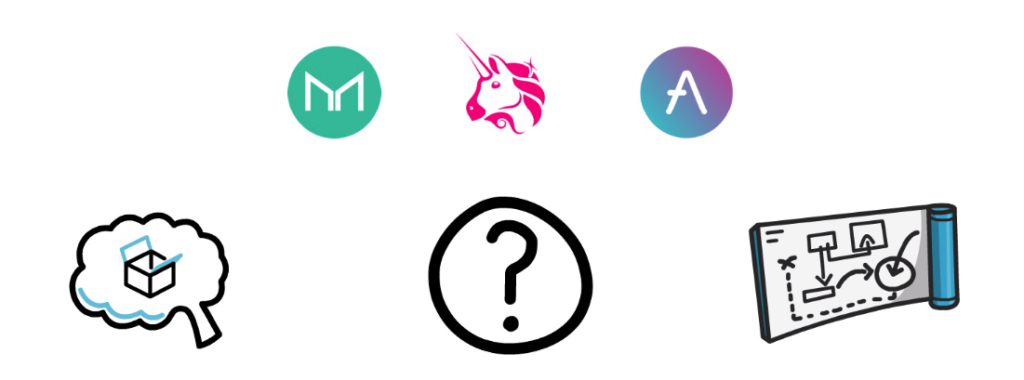
I don’t think so.
One of the main benefits of open source development is that things that prove themselves to be working well can be adopted by the already existing protocols. Maybe it will be bonding liquidity via Olympus Pro, maybe redirecting liquidity using Tokemak or maybe something else. I wouldn’t be surprised to see some of the established DeFi protocols adopting DeFi 2.0 concepts in the future.
Besides this, new protocols will be able to take more risk and experiment with protocol design as they won’t have as much capital at stake as the already established protocols. This will be beneficial for the whole DeFi space allowing both the new and the existing protocols to evolve together.
It’s important to notice that the whole DeFi space hasn’t achieved even a fraction of its potential and at this point we should just focus on growing the whole pie together.
So what do you think about DeFi 2.0? What are some of your favourite protocols in this category?
If you enjoyed reading this article you can also check out Finematics on Youtube and Twitter.



